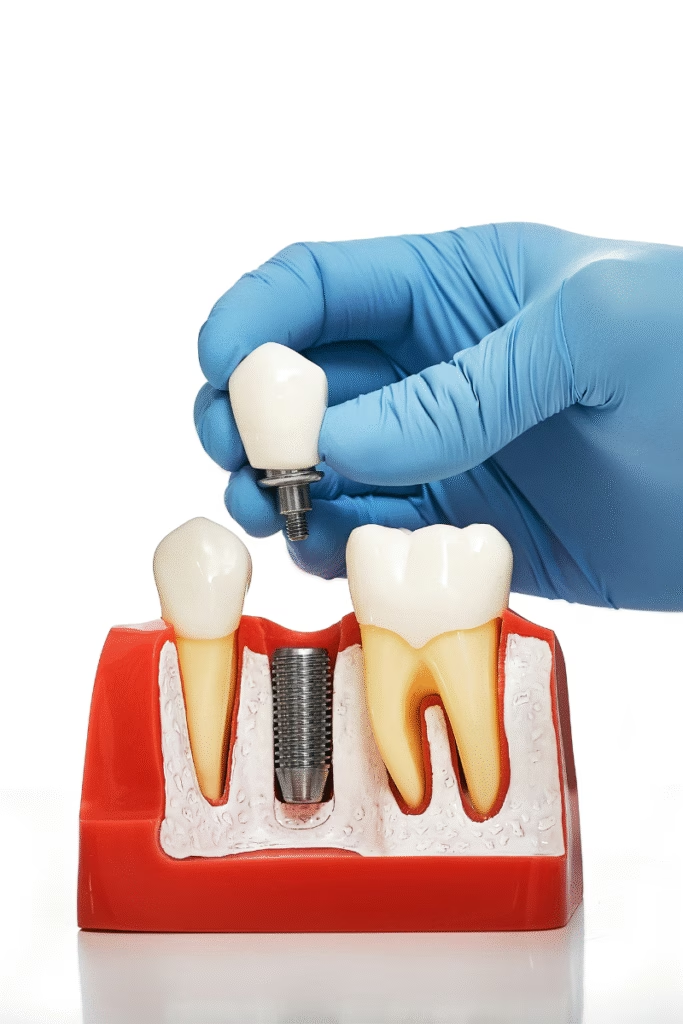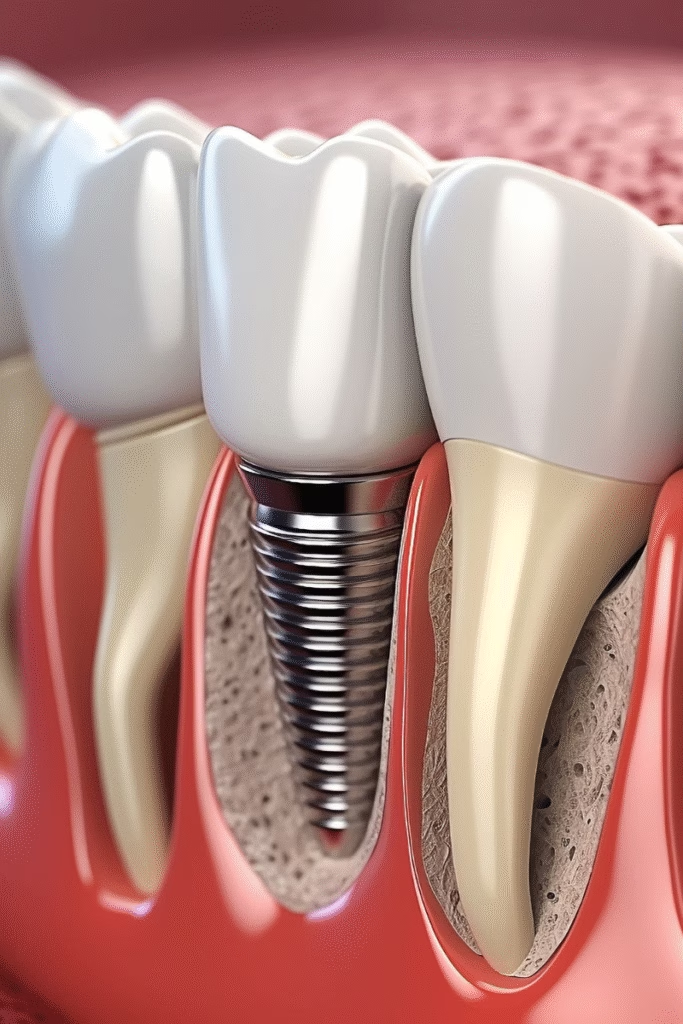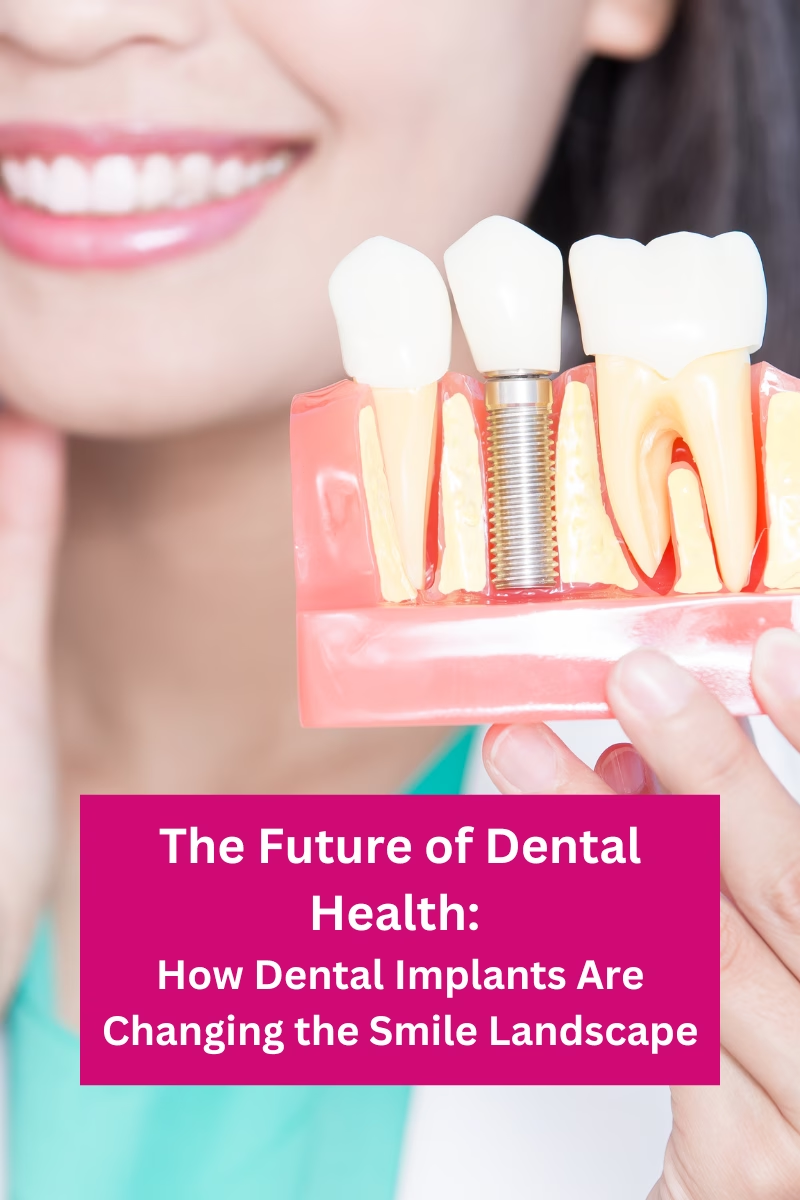Table of Contents:
- The Rise of Dental Implants
- What Are Dental Implants?
- How Dental Implants Work
- Benefits Beyond Aesthetics
- Innovation in Implant Technology
- Cost and Accessibility Considerations
- Myths and Misconceptions
- Taking the Next Steps
The Rise of Dental Implants
Over the past few decades, dental implants have gained popularity and become the leading choice for dental restoration, providing a remarkable alternative to dentures and bridges. According to industry reports, the global dental implant market is expected to reach significant heights, fueled by technological advancements and increasing awareness of oral health. The transformative impact of dental implants is further underscored by cutting-edge developments that make the process more efficient and accessible to people worldwide. As highlighted in this insightful article on dental advancements, these innovations are revolutionizing the dental industry with more precise techniques and durable materials.
The reasons for this surge are numerous. Modern lifestyles demand more reliable and aesthetic solutions for tooth loss. Whether due to cavities, gum disease, or trauma, implants provide a one-stop solution with benefits lasting a lifetime. As a reflection of this trend, platforms like www.ora4x.com/dental-implants/ emphasize personalized care and cutting-edge technology, catering to a diverse set of dental needs and ultimately, changing the face of modern dentistry.
What Are Dental Implants?
Dental implants stand at the forefront of advanced dental restoration techniques. An implant is a small titanium post designed to replace the root of a missing tooth, fitted surgically into the jawbone. Over time, this post merges with the bone in a process known as osseointegration, creating a stable foundation. Once secured, an abutment, or connector, is attached to the implant, followed by a custom-made crown that resembles a natural tooth. This meticulous assembly not only restores the functionality of your teeth but also harmonizes flawlessly with your natural look, making it indistinguishable from real teeth to the untrained eye.

How Dental Implants Work
The pathway to a successful dental implant begins with a thorough evaluation to ensure candidacy. This involves comprehensive assessments, including X-rays and 3D imaging, to determine the jawbone’s health and precise implant placement. The actual procedureentails the insertion of the titanium implant into the jawbone under local anesthesia, followed by a healing phase that ensures the bone grows interactively around the implant. This stage is crucial as it establishes the sturdy anchorage for the replacement tooth.
Following the osseointegration period, an abutment is connected to the implant post, which serves as the base for the artificial tooth. This custom-designed crown perfectly matches the color and shape of your other teeth. With proper care, these implants can last a lifetime, offering a sense of permanency and peace of mind. Each step, meticulously planned and executed, not only maximizes the implant’s lifespan but also ensures a comfortable fit, restoring complete oral function and aesthetics.
Benefits Beyond Aesthetics
While dental implants undeniably restore confidence through enhanced aesthetics, their benefits are profound and multifaceted. Firstly, implants play an integral role in maintaining oral health. By replacing missing teeth, dental implants help preserve the natural alignment of adjacent teeth and prevent the gradual bone loss that typically follows tooth extraction. This preservation is crucial for maintaining facial structure and overall dental health.
Additionally, dental implants restore full functionality, allowing individuals to bite and chew naturally and effectively, thus broadening dietary choices and improving nutritional intake. Psychologically, the impact is equally significant.

Innovation in Implant Technology
In recent years, remarkable innovations in implant technology have made the procedure faster, more precise, and less invasive. 3D printing technology has transformed how dental crowns are designed and manufactured, allowing for unprecedented customization and fit precision. In parallel, advancements in biocompatible materials have accelerated healing times, reduced infection risks, and increased the durability of implants. This latest technology update from industry experts showcases these innovations, marking a new era where dental implants are more patient-friendly and hallmarks of modern dental care practices.
Cost and Accessibility Considerations
One of the primary concerns potential patients have regarding dental implants is cost. While the initial investment for dental implants can be higher than other dental reconstruction options, it’s essential to consider their longevity and durability. Many patients find that the long-term functional and aesthetic benefits justify this investment. The cost varies depending on factors such as the dental practice’s location, the procedure’s complexity, and the materials used.
Despite potential financial barriers, options exist to make dental implants more accessible. Many clinics offer financing plans and work with insurance providers to reduce patients’ costs. Additionally, as the demand for dental implants increases, technological advancements and competition are expected to gradually impact cost-effectiveness, making implants available to a broader demographic.
Myths and Misconceptions
Numerous myths and misconceptions surround dental implants, often fueled by outdated information or personal anecdotes rather than scientific evidence. A prevalent myth is that dental implants are extremely painful. Most patients report that the post-operative pain is manageable and comparable to that experienced after standard dental procedures, thanks to modern anesthetics and pain management solutions.
Another common misconception is that dental implants are prone to failure. Modern dental implants boast success rates of over 95% in healthy individuals, with longevity largely dependent on proper oral hygiene and regular dental check-ups. By relying on expert consultation and evidence-based information, potential patients can bypass these misconceptions and make informed decisions about their oral health.
Taking the Next Steps
If you’re contemplating dental implants, the first crucial step is to consult a qualified dental professional. This initial meeting assesses your specific needs and provides you with a comprehensive understanding of the procedure, from pre-operative preparation to post-operative care. Reputable providers emphasize patient education, ensuring that decisions are made confidently and clearly.
Prospective patients should prepare by researching their options and creating a list of questions to ask during their consultation. Understanding the potential risks, benefits, and costs associated with dental implants will allow them to make an informed choice about their oral health. Embracing expert guidance and personalized care, dental implants can offer a transformative journey toward restoring and maintaining their smile for years to come.

I’m glad there are implants that can help others achieve the smile they want. I know they can be pricey, but they are worth it.
Yes true, price is a thing, but its a lifelong change, so guess its worth it.
Great post! I too am glad to see there are dental implants to help those who need teeth replacement. I know they are very pricey, and many options now compared to many years ago.
Yes now there are many options, one can do their research, compare costs and choose whats the best
Dental implants can have such a big impact on a persons confidence from what I have seen. It’s great that they can get their smile back even if it comes at a cost.
Yes, smile actually adds a lot of confidence so guess price is worth it.
I’ve been wanting for a while to get an implant because I am missing a back tooth, but the cost has always put me off. It’s so expensive.
Yes, it surely is expensive, but to enhance one’s look and smile, I think its still justified.
I’ve thought about getting implants mostly for cosmetic reasons, but I don’t have very good enamel. I don’t smile for photographs anymore like I used to because of them.
You must give them a try, they can change and enhance your smile.
It’s amazing how dental implants can do more than restore a smile—they can truly boost confidence and improve overall well-being.
True that!
I had no idea how far dental implants have come and how much they actually do beyond just looks. I really appreciate you breaking it all down so clearly!
Thanks, yes they can help a great deal!
this is good to know for i might need one for myself and have been putting things off .but learning and reading about them helps.
Yeah, they are great actually.
Dentistry has come a long way and glad that they have these for anyone that needs them. I like the better than the idea of dentures….
SO true!